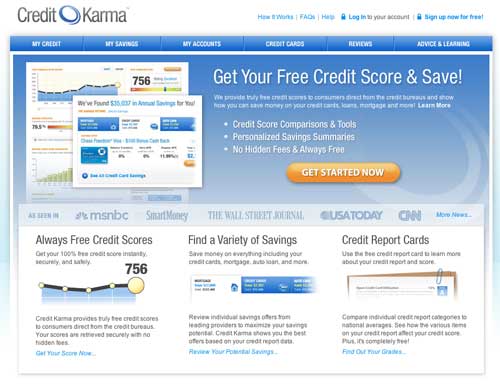Most things that are worth doing aren’t easy. That said, getting to financial freedom doesn’t have to be entirely difficult. In my quest for financial freedom I’ve struggled and I’ve also had some success. I’ve learned a few things that have been important in both my personal growth and that of my estate. I’d like to share them with you today.
You’ve got to want it…
Unless your status quo involves conscious spending, avoiding debt at all costs, and saving upwards of 20% of your paycheck then this is the first step to financial freedom. You have to really want to be financially secure. You have to want to be out of debt. You have to want to have a healthy savings account, emergency fund and investments. Too many people I’ve met are content to be dissatisfied with the way things are. The fates have not decreed you to be poor your entire life. You need to take things into your own hands.

…But just wanting it is not enough.
Just wishing to be out of debt and wealthy won’t bring it to you, unless you are lucky enough to win the lottery and from what I hear you’re more likely to be struck by lightning than hit the jackpot. So unless you’ve recently been struck by lightning (and have the Lichtenberg figures to prove it) you’re not likely to hit the jackpot. Sorry, but that’s just the way it is.
Remove resistances.
Let’s face it, education isn’t likely the answer to most people’s financial woes. There’s a plethora of free information available on the internet on how to manage your money, not to mention the 42,602 books available on Amazon under “personal finance books” (that’s an affiliate link).
The issue with most people is all of the resistances we’ve built up in our minds. The excuses are what prevent us from truly being able to build wealth. So we’ve got to tear them down one by one until they’re gone.
That’s where using psychology and behavioral change to your advantage comes into play, and like him or not no one preaches behavioral change better than Ramit Sethi. Recognize resistances and find a way to work around them. Which brings my to the most important thing I’ve probably ever done for my finances…
Use an Automatic Savings Plan.
I used to try to save a certain portion of each and every single paycheck after paying all of my bills and living expenses. The problem I’d find myself in is not having any money left over to actually squirrel away into a savings or investment account.
That was an unconscious resistance of mine; I didn’t actually think I could pay for everything, eat and have money left to save. The best (and I submit the only) way to counter this was to set up an automatic savings plan. Once I started saving first and paying for everything else after the automatic withdrawal from my account I realized I could still live on what I was ‘earning’ after socking money away for a rainy day.
I promise you that once you set up an automatic savings plan you’ll realize just how doable it is. There’s no need to restrict yourself to a dollar-for-dollar budget, because just like dieting you’ll inevitably crack and go overboard rebelling against said budget.
What are some of the things you’ve learned on your quest for financial freedom?
Credit to dangerousminds.net for the picture of the Lichtenberg figure

